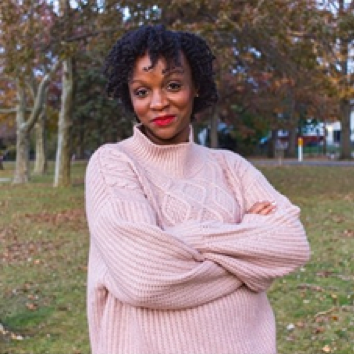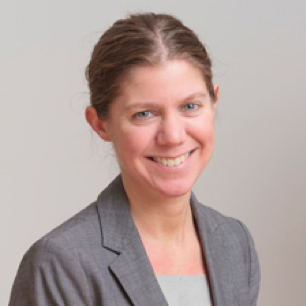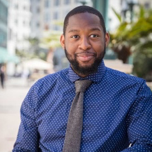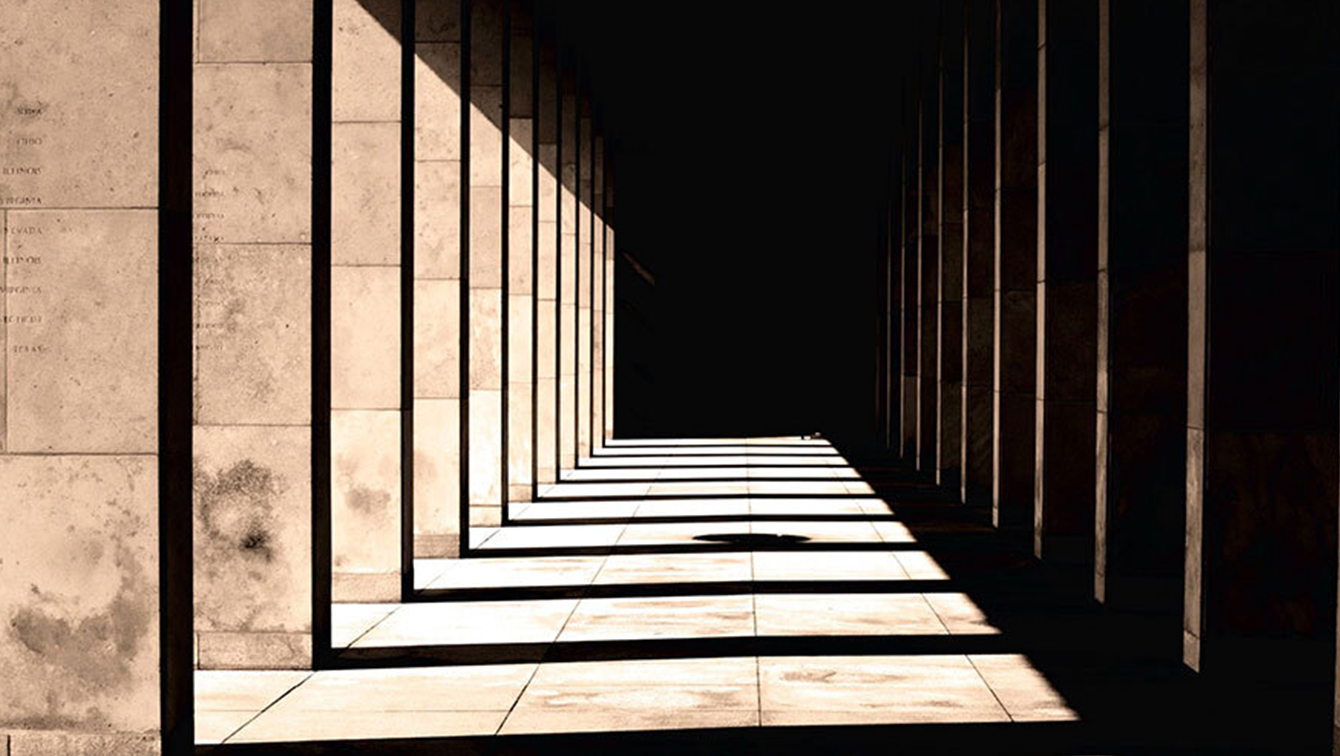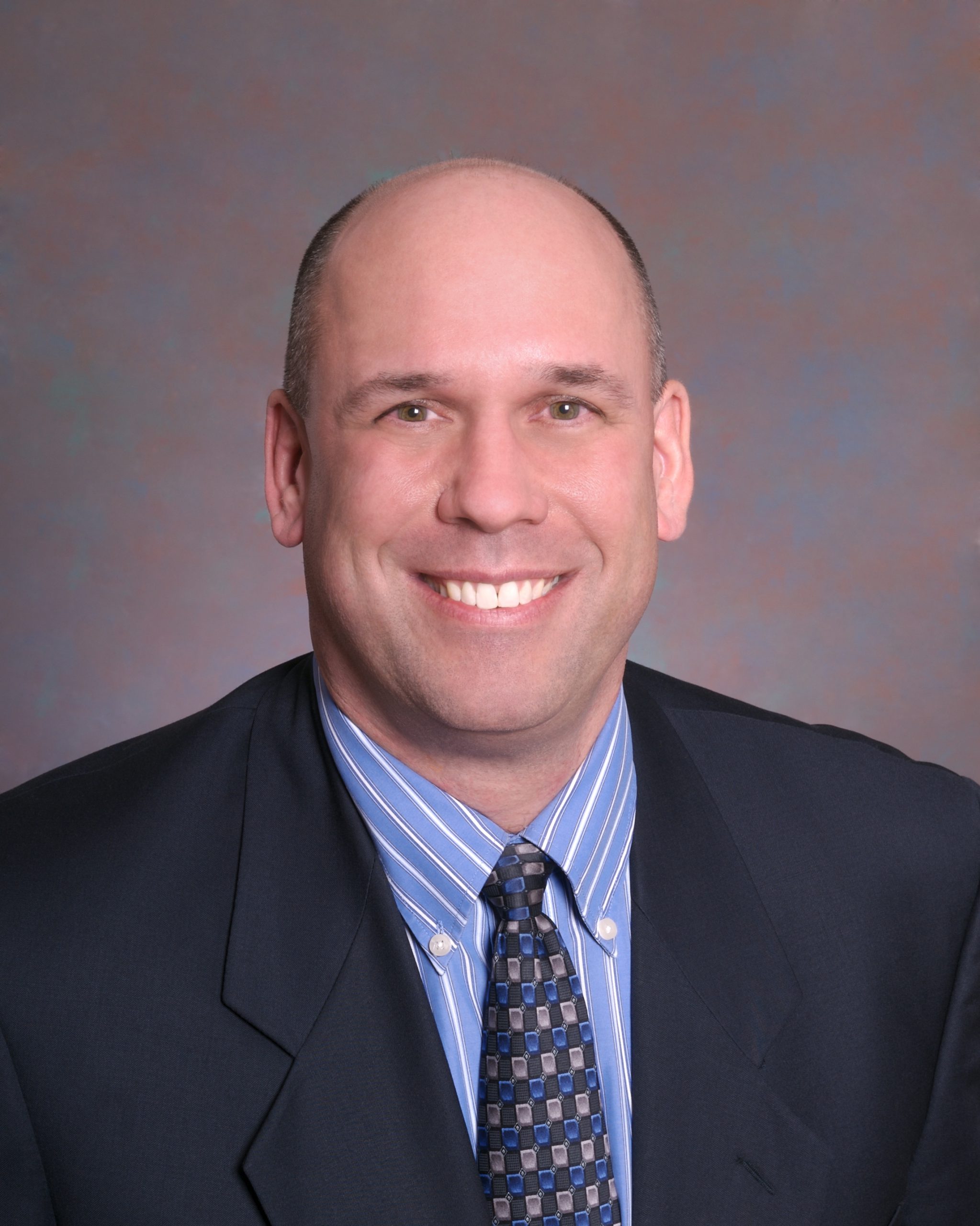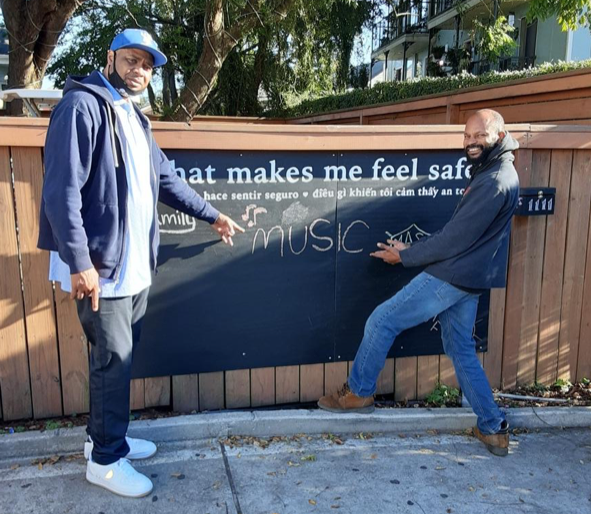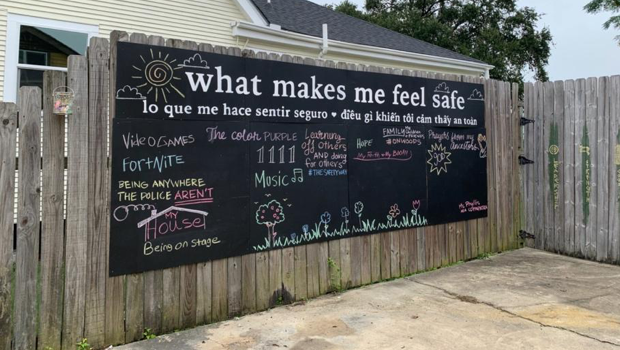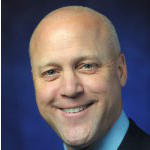Data Analysis Featured Jurisdictions March 25, 2021
As we approach the sixth year of our collective effort to reduce jail populations through the Safety and Justice Challenge (SJC), we have a lot of success and experience to build on.
Average daily populations declined 18% during the SJC’s first three years, across 14 cities and counties contributing data to a recent analysis by the Institute for State and Local Governance. Fewer people are being held in jail before they go to trial, the data showed. It’s important to document and herald these successes, as they show that with comprehensive systems change, real progress can be made in reforming the criminal justice system.
But how can we make sure that participating cities and counties sustain their positive momentum into the future? How do we keep positive changes moving forward, and expand on our lessons learned?
The Safety and Justice Challenge issued guidance recently. It highlights five key elements for a successful approach to sustainability for cities and counties:
- Decision-making reflection and strategic planning for sustainability:
- Data capacity and accountability;
- Fiscal sustainability;
- Partnerships and buy-in;
- Adaptability.
Introducing Our New “Site Sustainability” Blog Series
Over the next few months, JFA Institute will be touching on each of these areas in blog posts that highlight cities and counties that have been successful in each area. We will herald successful initiatives in an effort to connect cities and counties across the network facing similar challenges, as they move toward sustainability.
1. Decision-Making Reflection and Strategic Planning.
The first element for successful sustainability is the capacity for decision-making reflection and strategic planning.
Decision-making reflection relates to the ability of a local jurisdiction to assess current trends in how the key components of their criminal justice system are performing–from law enforcement to courts and corrections.
This assessment takes the form of monthly, quarterly, and annual reporting systems that measure criminal justice performance. Based on that information, cities and counties can make short and long-term strategic plans, and budget for them.
Over the course of the Challenge, we have seen strategic planning and decision-making reflection take many forms. Most SJC cities and counties have created and implemented Criminal Justice Coordinating Councils (CJCC) or similar bodies, whose goal is to bring stakeholders together and establish the jurisdictions’ overall criminal justice goals, align them with SJC strategies and monitor implementation of strategies.
An efficient CJCC can be instrumental in creating and maintaining a jurisdiction’s criminal justice strategic plan. It captures a jurisdiction’s high-level mission and most important strategies. Strategic plans can vary widely in breadth and scope, but they will always reflect how priorities established through the SJC work will interact and be complementary to non-SJC criminal justice initiatives.
SJC participants Charleston and Lucas have well-developed CJCCs and advisory boards that meet on a regular basis to digest numerous performance measures. Spokane County also created a Justice Task Force with the charge of developing and recommending guiding principles and initiatives for funding. It is intended to support a criminal justice system that increases safety, improves equity, and results in better outcomes for the entire community.
Maggie Yates, Community Justice Administrator for Spokane County, said: “The Justice Task Force brought together leaders from local government, business, service agencies, and community advocacy organizations to create a strategic vision for the future of Spokane’s criminal justice system. With support from SJC network partners, the JFA Institute, and the Vera Institute of Justice, we developed well-researched, data-driven recommendations—several of which we have already implemented.”
One of the goals of SJC is the equitable reduction of jail populations. But this can be more complicated than it seems. Overall reduction of the jail population is one metric, but what about the pretrial population compared to the sentenced population? And what about racial disparities?
To help unpack these issues, many CJCCs have created Jail Population Management Teams.
Jail Population Management Teams routinely evaluate the detailed attributes of people admitted to and released from the jail population as well as the current jail population. Based on agreed criteria, the team reviews people in the jail regularly. The criteria could include the number and type of charges a person faces, their risk and needs assessment, their mental health status, legal status, and length of stay.
The team has the authority to expediate release of detainees who have been held longer than necessary under the criteria. Examples of jail management teams among SJC cities and counties include those in Orleans Parish, Lucas County and Harris County.
Lucas County has developed a population review team to look at its pretrial population on a weekly basis. The focus is on expedited case resolution and bond revisions. There is a public defender and city prosecutor assigned to the team. It is able to access affidavits and incident reports. If a plea deal is reached during the meeting, the public defender will meet with their client and make the offer. If the offer is accepted, an order to bring the person back to court will be issued the next day, and if the judge accepts the plea agreement the case is resolved. Additionally, bond recommendations are being reviewed and are sometimes revisited with the judge. In 2020, Lucas County held 20 meetings, made 20 case recommendations, and prevented 136 nights from being spent in jail.
“We often speak of the silos that can develop in the criminal justice system,” said Sean McNulty, Chief Public Defender at the Toledo Legal Aid Society, and a member of the Lucas County “Population Review Team” (PRT), which is what the county is calling its Jail Population Management Team. “These silos can limit the communication and problem solving that could otherwise occur. The PRT helps break down those silos by developing relationships and cooperation between different actors within our local criminal justice system.”
“We knew that we would be helping clients by providing additional options and better case outcomes,” said Mr. McNulty. “Additionally, though, we have seen that the PRT has prevented cases from slipping through cracks and it has identified categories of cases that could move through our system more efficiently. By looking closely, as a team, we have been able to change practices and improve the fairness and efficiency of our local criminal justice system.”
Evaluating success
Criminal Justice Coordinating Councils are also key in evaluating a jurisdiction’s strategic initiatives and using data-driven metrics to monitor effectiveness.
Not all initiatives will be successful at first with their changes. CJCCs should serve as the hub and evaluating body for these performance metrics, enabling them to collaboratively reflect and adapt as necessary.
Then, a jurisdiction can develop new goals and metrics for ongoing sustainability.
Next time, we’ll look at data capacity and accountability.



